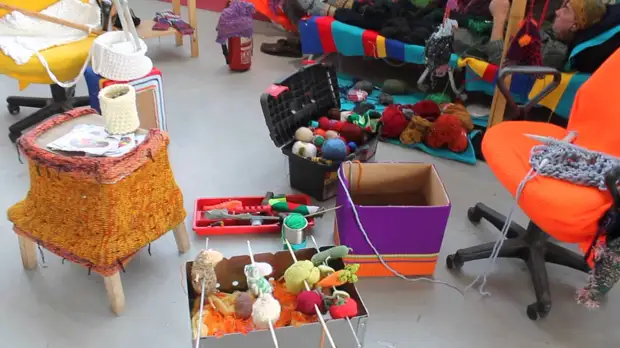
Exactly. In the Middle Ages, a man was engaged exclusively for knitting. They had to work for a long time and hard to work in order to learn art perfectly. Perhaps you think this is just entertainment for old women on a bench or housewives near the TV? As it turned out, this "purely female" occupation is not at all. Today we will talk about knitting history.
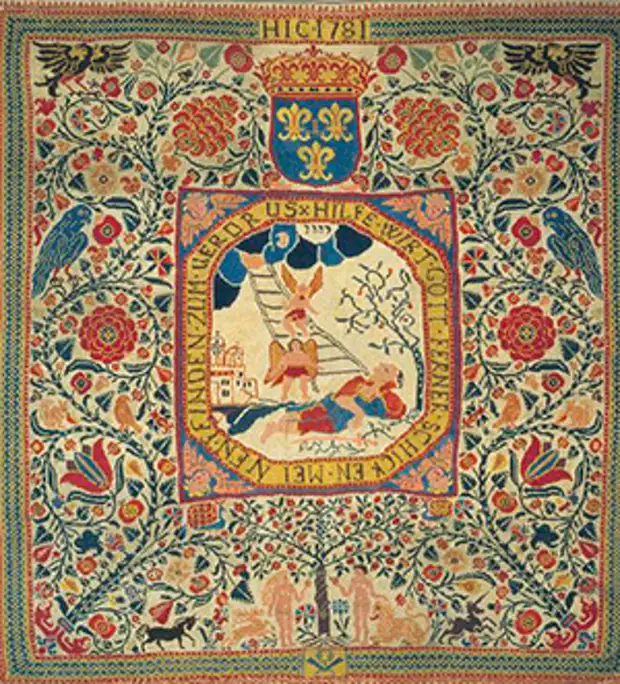
Recently, knitting has gained enormous popularity. There are a lot of people on the network to exchange diagrams, patterns and tips on the choice of yarn or spokes. Many post photos of their works to the public. Also without much difficulty, you can find a lot of lessons and master classes to knit all anything. And here women are definitely in the majority. And the beginning of this was supposed to be, imagine, ordinary fishermen. There is an assumption that the craft was born from weaving fishing networks.
Further, people learned to make a fabric with two needles that we call the needles today. Thus, socks knit even in ancient Egypt. The masters decorated their work with intricate patterns and a complex ornament.
In Europe, knit began approximately in 1275. The products were intended exclusively for representatives of the highest class. Knitted knitted tissues were found in the tombs of the Spanish royal family. This material was not only worn, but also kept holy power in it. By 1400, knitting was something like Divine skill. With yarn and knitting needles, they often portrayed the holy virgin Mary.
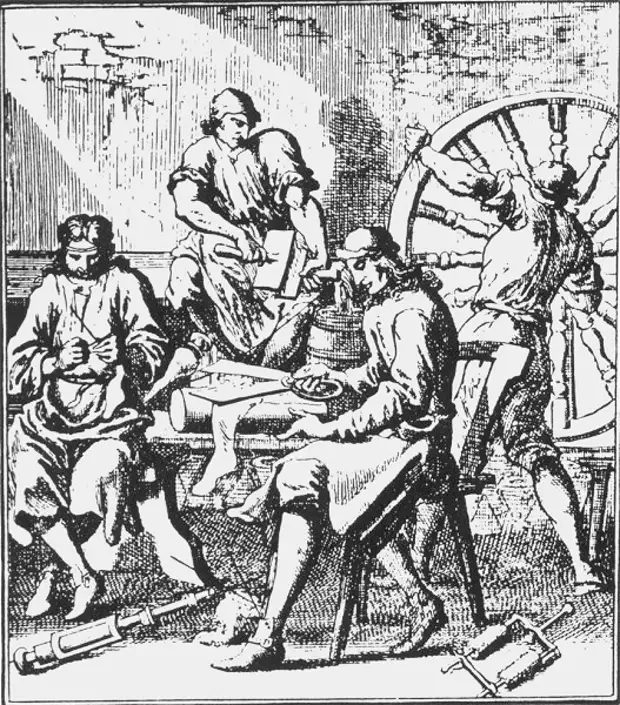
In the 1400s, a special guild of knitters was created in order to train this craft, as well as control the quality and pricing. The guild was exclusively men. To get into it was also not easy, as for example in the Kuznetsov guild.
Teenage boys who came to study should have learned as much as six years in order to officially get the title of knitter.
The first half of the apprenticeship was to study at one of the Masters of the Guild, and the other - in permanent travel. It was necessary to find out which patterns and loops are used in other countries and regions.
Then the new knitters handed over a special exam. They had to tie a whole series of finished products: stockings, shirt, hat and very often even knitwear carpet. And it was not just a single-color piece of fabric. An intricate patterns and biblical plots required just virtuoso skill. Examples of such carpets and today are stored in the Victoria and Albert Museum in London.
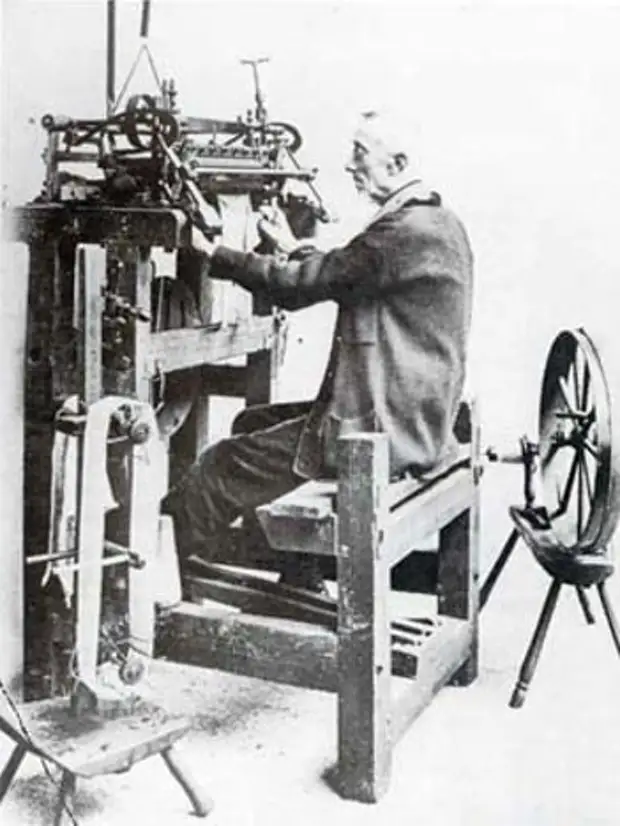
And if the master really achieved perfection in his art, he could be the official knitter of the royal family - the most important representative of the profession in his country.
The initiative in knitting a woman was intercepted only to the Victorian era. By that time, the knitting machine was already invented and for manual work merchants ceased to be of interest. So knitting from commercial classes turned into a hobby.
By 1880, knitting socks, scarves and gloves for the Beloved was a fashionable tradition among romantically tuned ladies and maidens.
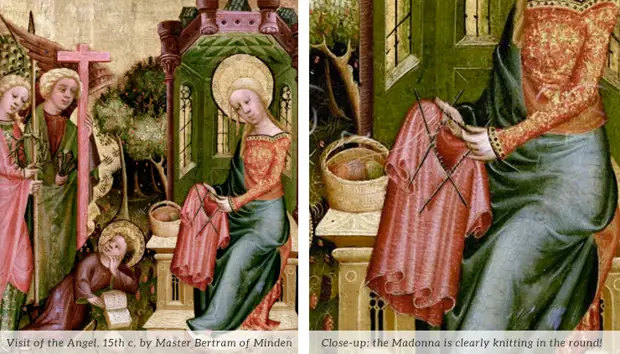
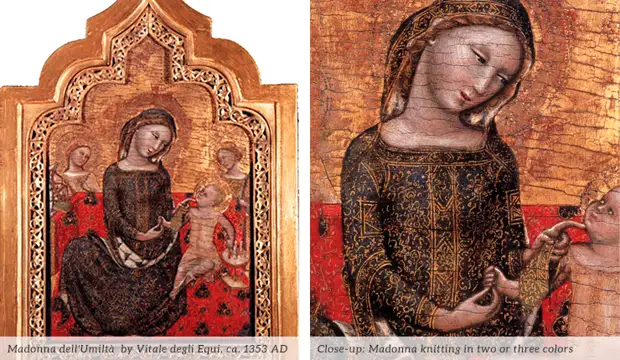
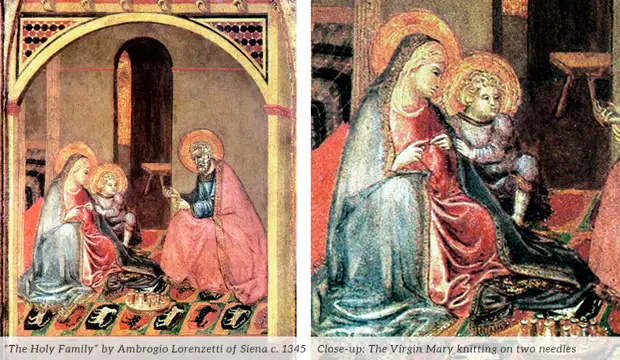
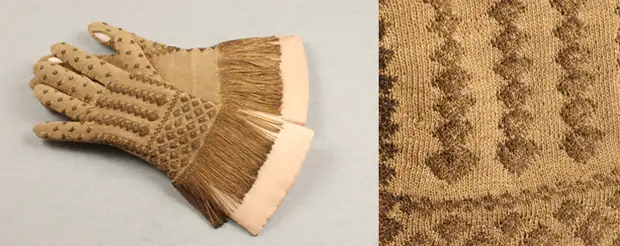
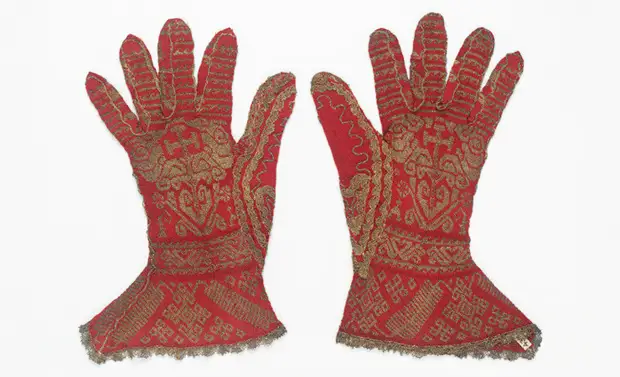
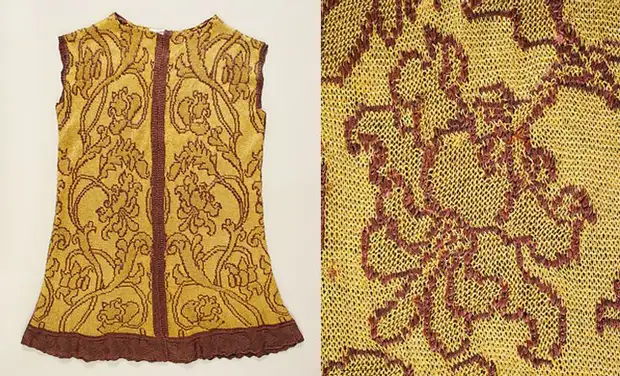
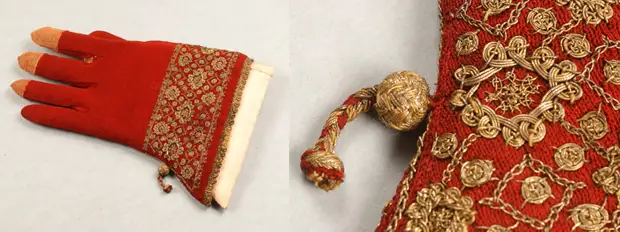
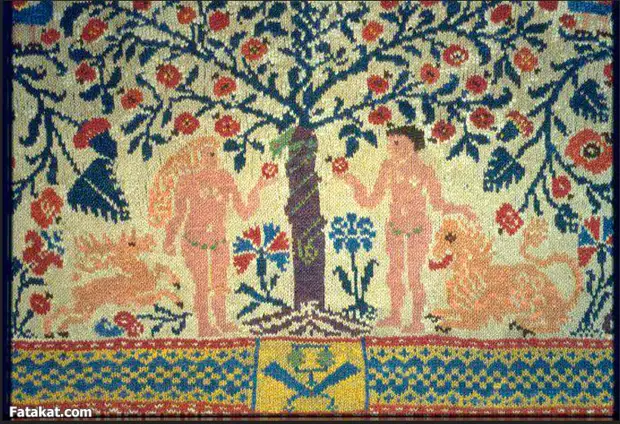
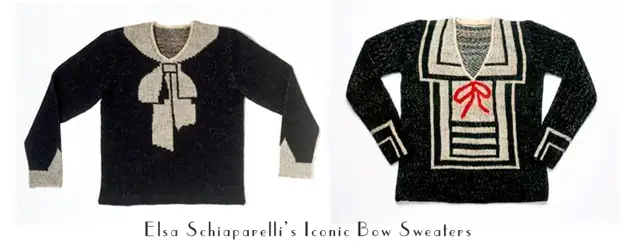
A source
